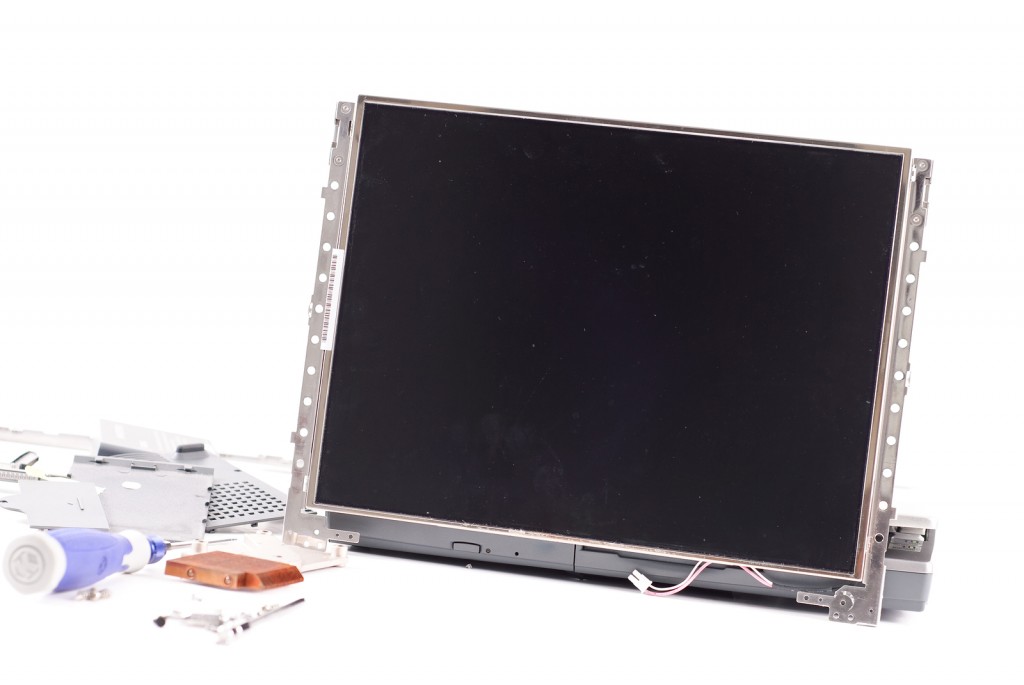
Optical Bonding of Touch Screens on Displays
Blog
 Optical Bonding: ‘Preventing a Poke in the Eye with a Sharp Stick’
Optical Bonding: ‘Preventing a Poke in the Eye with a Sharp Stick’
Optical Bonding of Touch Screens is the process used to attach a protective layer to the outer surface of a display. Touch screens are finding new uses in consumer, commercial and industrial settings and due to the capability of adding protection to the display these uses are extending into harsh industrial environments.
In order for this technology to be useful and durable, there is a need for continuing developments in robust methodologies for ruggedizing this element.
Optical Bonding must take into account the many challenges that face displays. These include:
- internal and external reflection,
- shock and vibration,
- condensation, and
- mirror imaging
just to name a few.
Different environments provide similar challenges that can be addressed via a single set of attributes; however as we move to uses in harsh environments some of these attributes must be applied to cover more specific scenarios. This variety of scenarios can be addressed on an individual basis through the many benefits and choices afforded through the method of optical bonding of touch screens.Optical bonding is simply a method of attaching a touch screen, which when coupled with the right touch materials, can produce unparalleled ruggedness, picture quality and responsiveness in the application.
What’s Involved in Optical Bonding
The best way to describe optical bonding is to compare it to the alternative of tape bonding. Tape bonding is a method of attaching a touch screen by the use of a dual-sided adhesive tape. The main benefit of this method is that it is cheaper. However, as can be expected, the cheaper solution usually comes with some drawbacks. The drawbacks of tape bonding come in the form of reduced contrast ratio and a vulnerability to vibration and water condensation. The reason behind this is the air gap that is created by the process of the tape bonding of the touch screen. Consequently, this air gap can also be the cause of less touch responsiveness.
Optical bonding is the better of the two because it gets around this air gap problem. Instead of using a dual-sided tape, this process involves carefully applying the touch screen using a special crystal clear glue. As you can probably imagine applying any touch screen, even by tape bonding, can be a difficult process where simple mistakes can create problems in the future. This is doubly the case with optical bonding. It is a process that has to be carefully done in a clean room so as to prevent any air bubbles or contaminants from getting under the touch screen and involves a curing period to allow the glue to set. Using this process opens doors such as the ability to apply special rugged touch screen made of impact resistant glass, complete with EMI shielding anti-glare to provide unparalleled with very minimal concessions made in picture quality. This is something that cannot be said of tape bonding.
Bottom Line
Regardless of the requirement, size and use, Optical Bonding of Touch Screens extends the use of systems and opens up the realm of possibilities in all environments.
 Brian Luckman is the President of New Era Electronics. He has worked in the industrial OEM market for over 25 years, serving a variety of different industries, gaining a strong reputation for his expertise and a thorough understanding of how to properly service OEM customers. In 2000, he began New Era Electronics and the company continues to grow. He’s a husband and father and enjoys exploring the outdoors.
Brian Luckman is the President of New Era Electronics. He has worked in the industrial OEM market for over 25 years, serving a variety of different industries, gaining a strong reputation for his expertise and a thorough understanding of how to properly service OEM customers. In 2000, he began New Era Electronics and the company continues to grow. He’s a husband and father and enjoys exploring the outdoors.
Creative Commons Attribution: Permission is granted to repost this article in its entirety with credit to New Era Electronics and a clickable link back to this page.




